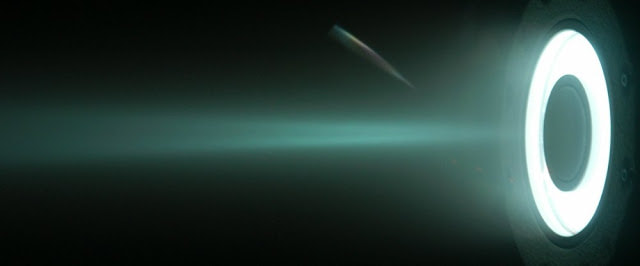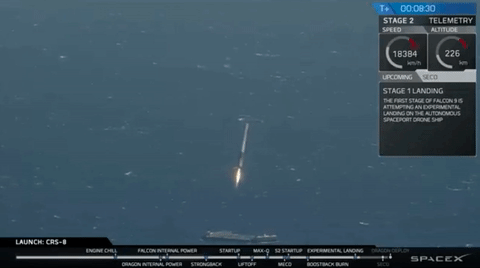Assembling data gathered by eight radio telescopes around the world, astronomers created the picture showing the violent neighborhood around a supermassive black hole, the light-sucking monsters of the universe theorized by Einstein more than a century ago and confirmed by observations for decades.
It looked like a flaming orange, yellow and black ring.
“We have seen what we thought was unseeable. We have seen and taken a picture of a black hole. Here it is,” said Sheperd Doeleman of Harvard.














 RSS Feed
RSS Feed